Columbo Sahib’s Tomb
Hidden under the thick tropical vegetation of a cemetery is the tomb of Columbo Sahib.
This tomb consists of a square base surmounted by an octagonal structure. Including the cupola, the structure is about three-stories tall. Inside the square base are three off-center tombs. Although there are no epitaphs, it can be assumed they belonged to members of Columbo Sahib’s immediate family. It’s unclear where Columbo Sahib (aka Colombo Saheb) is buried.
The tomb is a composite of different architectural styles. The lower structure resembles a Mughal mosque, with four openings, one on each side. The beautifully elaborate upper section exhibits gothic features, and the upper cupola has a baroque flavor.
These different styles blend seamlessly and are further enhanced by the overgrown vegetation that has become an integral part of the structure. Although this interplay produces a romantic sense of decay and slow disintegration, the tomb has become structurally unstable. The beauty of this tomb did not escape Johan Zoffany’s eye. The German artist captured a snapshot of 18th-century Dhaka in the painting “Nagapan Ghat,” where Columbo Sahib’s Tomb is easily recognizable on the banks of a river.
Of all the tombs in Dhaka Christian Cemetery, that of Columbo Sahib is by far the largest and most striking. It is therefore all the more puzzling that little is known about Columbo Sahib.
Bishop Reginald Heber (1783-1826) attempted to uncover the identity of Columbo Sahib, but only managed to discover that this mysterious person worked for “Company ka nuokur.” Information that Heber never managed to confirm.
The first record of Dhaka Christian Cemetery comes from 16th-century documents. It was first established for European traders, soldiers, and administrators in Dhaka. So, it’s not surprising that many tombs belong to prominent members of the East India Company.
Know Before You Go
Dhaka Christian Cemetery can be easily found along Narinda Road by the banner on its main gate, which is usually locked. A firm knock on the gate will usually attract the attention of the guardian, who will grant visitors access to the burial grounds.
Plan Your Trip
The Atlas Obscura Podcast is Back!






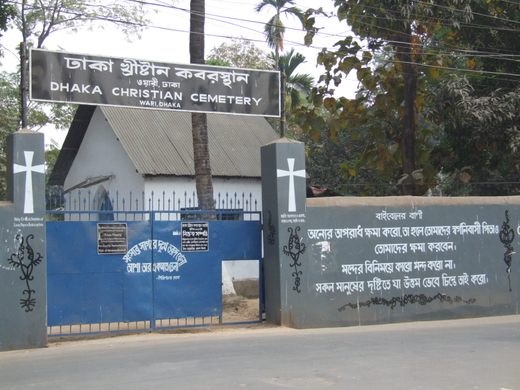




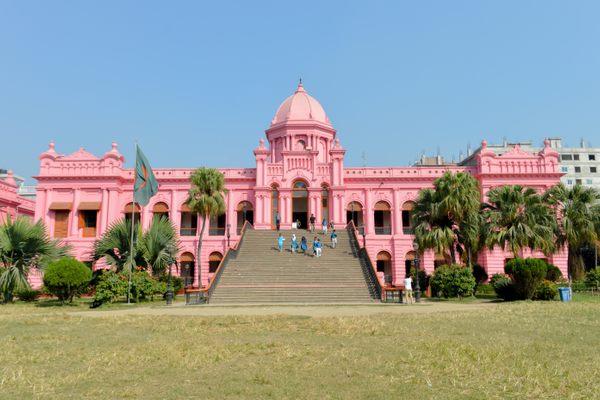

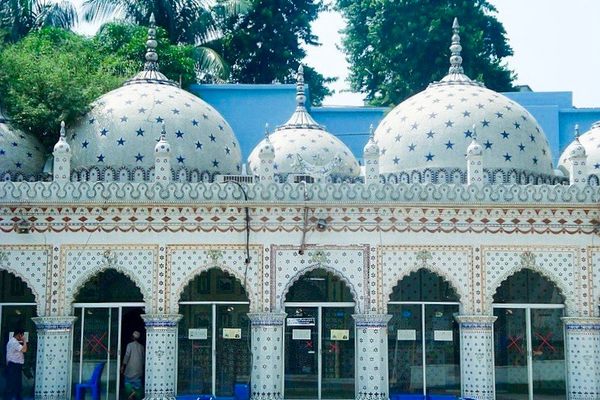
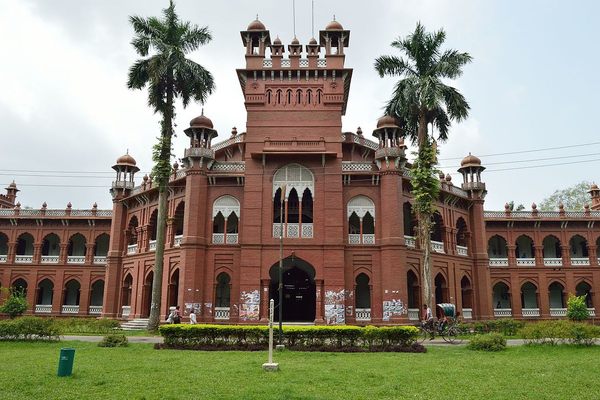

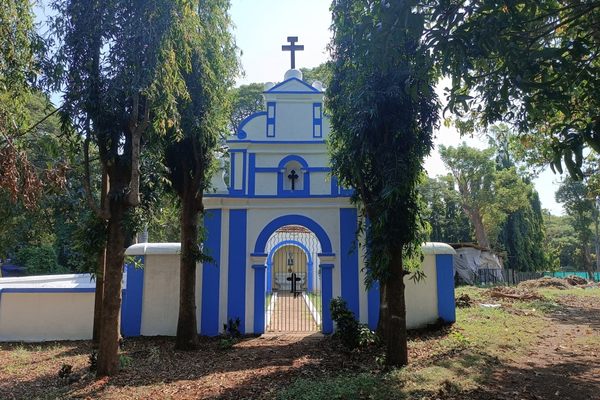
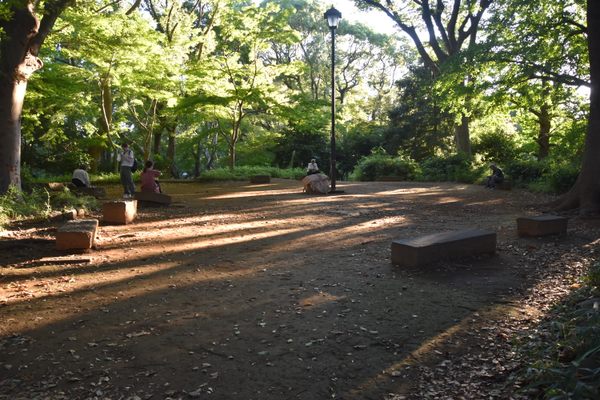
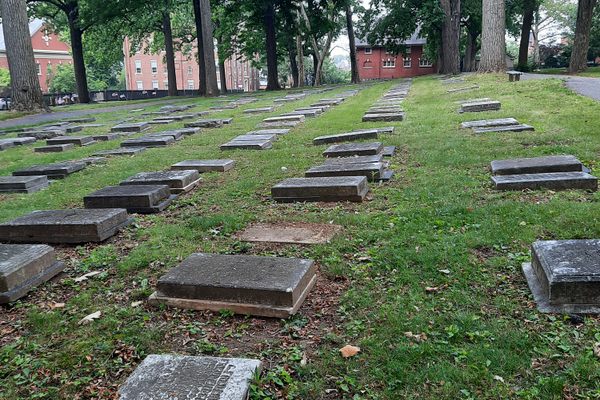

Follow us on Twitter to get the latest on the world's hidden wonders.
Like us on Facebook to get the latest on the world's hidden wonders.
Follow us on Twitter Like us on Facebook